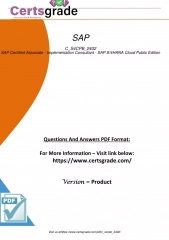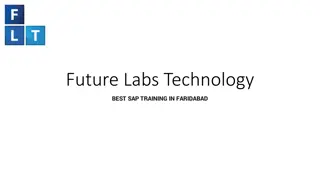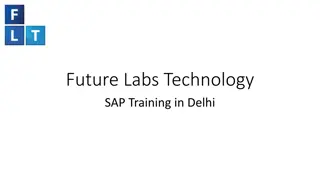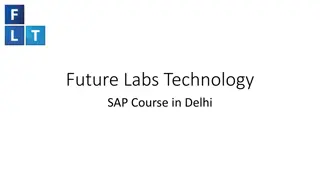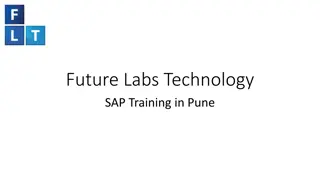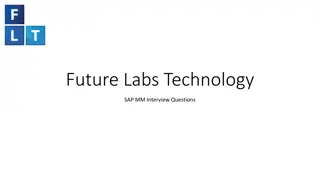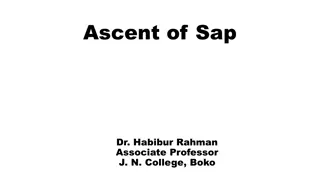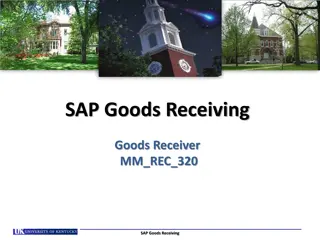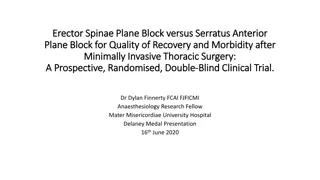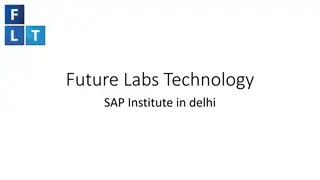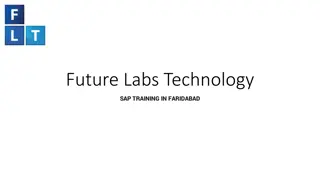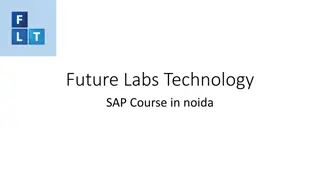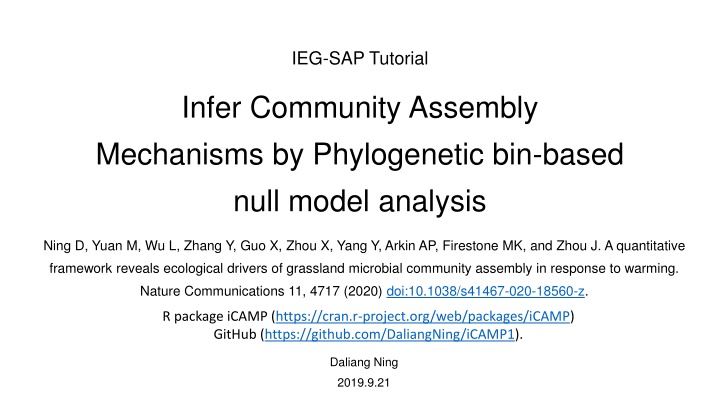
Grassland Microbial Community Assembly Mechanisms and Ecological Drivers
Explore the ecological drivers influencing grassland microbial community assembly in response to warming using a quantitative framework based on phylogenetic bin analysis. Discover insights from the study outlined in the publication by Ning et al. (2020) and learn about the iCAMP R package for statistical analysis.
Download Presentation

Please find below an Image/Link to download the presentation.
The content on the website is provided AS IS for your information and personal use only. It may not be sold, licensed, or shared on other websites without obtaining consent from the author. If you encounter any issues during the download, it is possible that the publisher has removed the file from their server.
You are allowed to download the files provided on this website for personal or commercial use, subject to the condition that they are used lawfully. All files are the property of their respective owners.
The content on the website is provided AS IS for your information and personal use only. It may not be sold, licensed, or shared on other websites without obtaining consent from the author.
E N D
Presentation Transcript
IEG-SAP Tutorial Infer Community Assembly Mechanisms by Phylogenetic bin-based null model analysis Ning D, Yuan M, Wu L, Zhang Y, Guo X, Zhou X, Yang Y, Arkin AP, Firestone MK, and Zhou J. A quantitative framework reveals ecological drivers of grassland microbial community assembly in response to warming. Nature Communications 11, 4717 (2020) doi:10.1038/s41467-020-18560-z. R package iCAMP (https://cran.r-project.org/web/packages/iCAMP) GitHub (https://github.com/DaliangNing/iCAMP1). Daliang Ning 2019.9.21
Login http://ieg3.rccc.ou.edu:8080/ This is still a beta version of our newest statistical analysis pipeline. Contact Daliang to set up your account
Change password User Preferences Change password 1 2 3
Create new history History is like a folder under your account. 3 1 2
Upload Community table (1) OTU or ASV table should be a tab-delimited txt file. first column should be OTU IDs, first row should be sample IDs
Upload Community table (2) Get Data Upload File Choose local file then select your OTU or ASV table file 1 2 5 4 3
Upload Treatment table A tab-delimited txt file. first column should be sample IDs Indicate which treatment or group each sample belongs to. Get Data Upload File Choose local file (the same as upload Community table)
Upload Classification table A tab-delimited txt file. first column should be Taxon IDs Indicate which Kingdom, Phylum, Class, ... of each taxon. Get Data Upload File Choose local file (the same as upload community table)
Upload tree file The phylogenetic tree file should be .nwk format Uploading is the same as uploading OTU table.
Match IDs Match the Taxon IDs and Sample IDs in different files. 1 3 4 78 910 2 5 6 11
Calculate phylogenetic distance matrix Diversity Big Phylogenetic Distance 3 Use the output of Match IDs : Tree_matched.nwk 1 4 5 2 6
iCAMP (1) Mechanism iCAMP 3 1 Use the output of match IDs and Big_pdist 4 5 6 7 8 Select as you need 9 10 2
iCAMP (2) Mechanism iCAMP Usually use the default settings Minimal bin size requirement can be changed according to (1) Within bin phylogenetic signal test (2) Or stochasticity estimation See doi:10.1038/s41467-020-18560-z for detail. See the example in GitHub for R code. In practice, you may test 12, 24, 48, and select the one with more reasonable result (e.g. similar level of stochasticity as estimated by NST)
iCAMP (3) See the text below Execute button for detailed explanation of the output files.
Download results The result file is tab-delimited txt files You may download them and use excel to open and do further analysis 3 4 1 2

